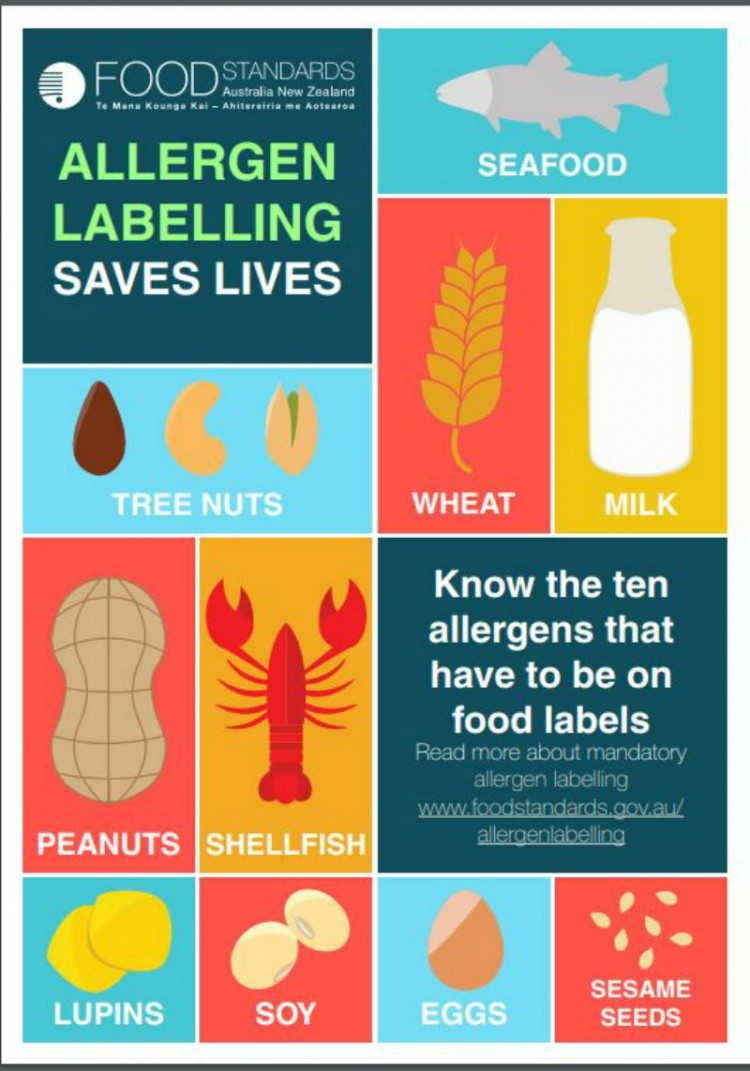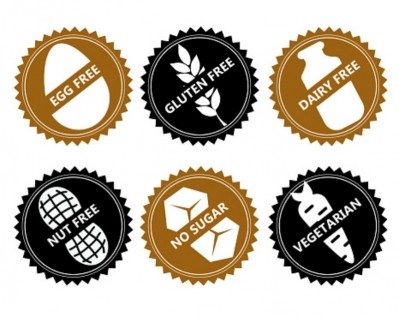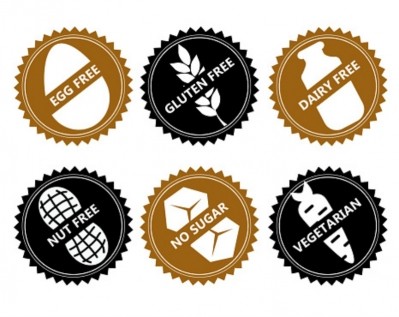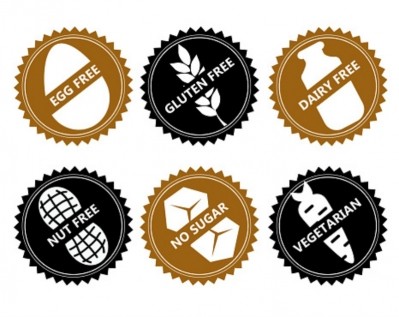Allergen information concern: Half of all adverse reactions occur in products without warning labels

“Over 50% of anaphylaxis self-reports were related to product labels not containing any warning for the likely trigger allergen (whether it be a general precautionary allergen labelling (PAL), or PAL for the specific trigger food),” lead author Giovanni Zurzolo told FoodNavigator-Asia.
“[This is] of concern, as the food allergic consumer would consider these products safe for consumption.”
The study was conducted via questionnaire and self-reporting, where the questionnaire was distributed to all members of Allergy & Anaphylaxis Australia (A&AA) over a 9-month period from June 2017 to February 2018.
A&AA is a national support organisation for the relevant patients and carers.
Participants self-reported on their anaphylactic reactions (or lack of) following the consumption of a packaged food product in which the suspected food allergen was not listed as an ingredient. 6.7% (n=58) of all responders reported anaphylactic symptoms after consuming a packaged food.
From the responses, Zurzolo revealed that 53.5% of participants reported PAL statements that did not specify the trigger allergen, 8,6% reported the lack of any PAL statement, and 38% reported a PAL statement containing the specific suspected trigger allergen.
Of the suspected food triggers, peanuts, other tree nuts, cashews, milk and eggs were found to be amongst the most oft-recurring.
“Peanuts were found to be the most commonly under-labelled trigger food in the study,” said Zurzolo.
The authors added that: “Concerningly, over half of reports were due to products containing no [PAL] warning for the trigger allergen (either no PAL, or PAL without the consumer-specific trigger food).”
“Up until now there has been a general consensus among researchers and clinicians within Australasia that the prevalence of anaphylaxis due to packaged foods is rare.”
“However, overall, 1 in 15 respondents and 1 in 34 of the entire A&AA membership reported that they (or their child) had experienced convincing anaphylaxis (by history) to packaged food as a result of likely allergen contamination over [the] 9-month period.”
“Furthermore, as most consumers who experience a reaction do not often report the incident,3 it is likely that this represents an underestimation of true prevalence.”
Preventing avoidable anaphylaxis moving forward
According to the authors, the study results show that ‘anaphylaxis [due] to undeclared allergens in packaged foods is not a rare occurrence’, and are calling for changes to the voluntary nature of PAL as well as regulations to improve PAL and the relevant manufacturing practices.
Zurzolo is of the opinion that at this current stage, PAL is unhelpful in helping consumers with food allergy in avoiding serious reactions.
“Government regulation and improved labelling is needed to standardise the PAL system and, in doing so, improve the quality of life for consumers with food allergies,” he added.
He did however opine that there is a rocky road ahead in efforts to getting PAL standardised.
“Getting PAL standardised will be a challenge as the food manufacturers do not agree (sic),” he said.
Regulations aside, Zurzolo and his team added that clinicians need to be on board in order to raise consumer awareness about this issue and prevent anaphylactic events.
“Further to this, we advise clinicians to caution consumers about the possibility of allergic reactions to packaged foods, in particular high-risk foods such as chocolate, ice cream, sweets/candy, and baked products,” they concluded.
Source: Journal of Allergy and Clinical Immunology: In Practice
Study: Self-reported anaphylaxis to packaged foods in Australia
Authors: Zurzolo, G. et. al.


















